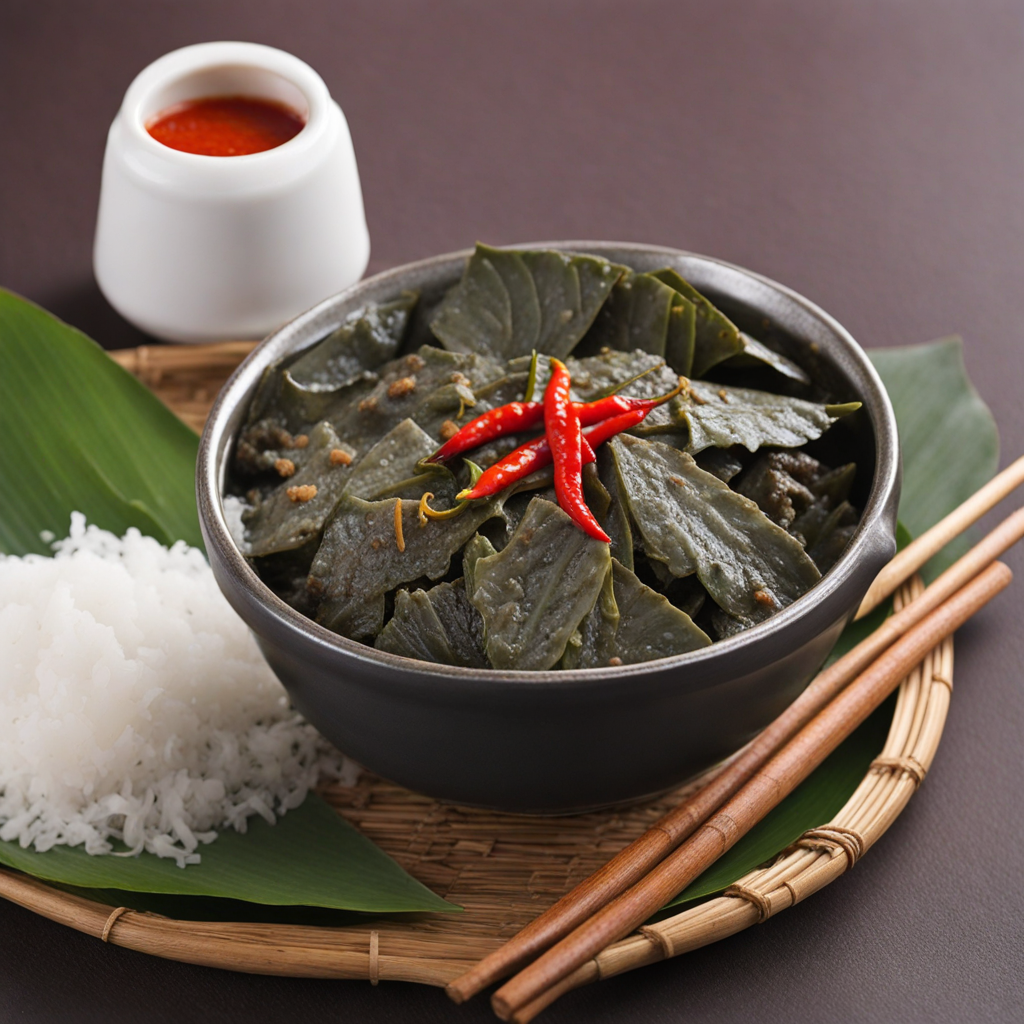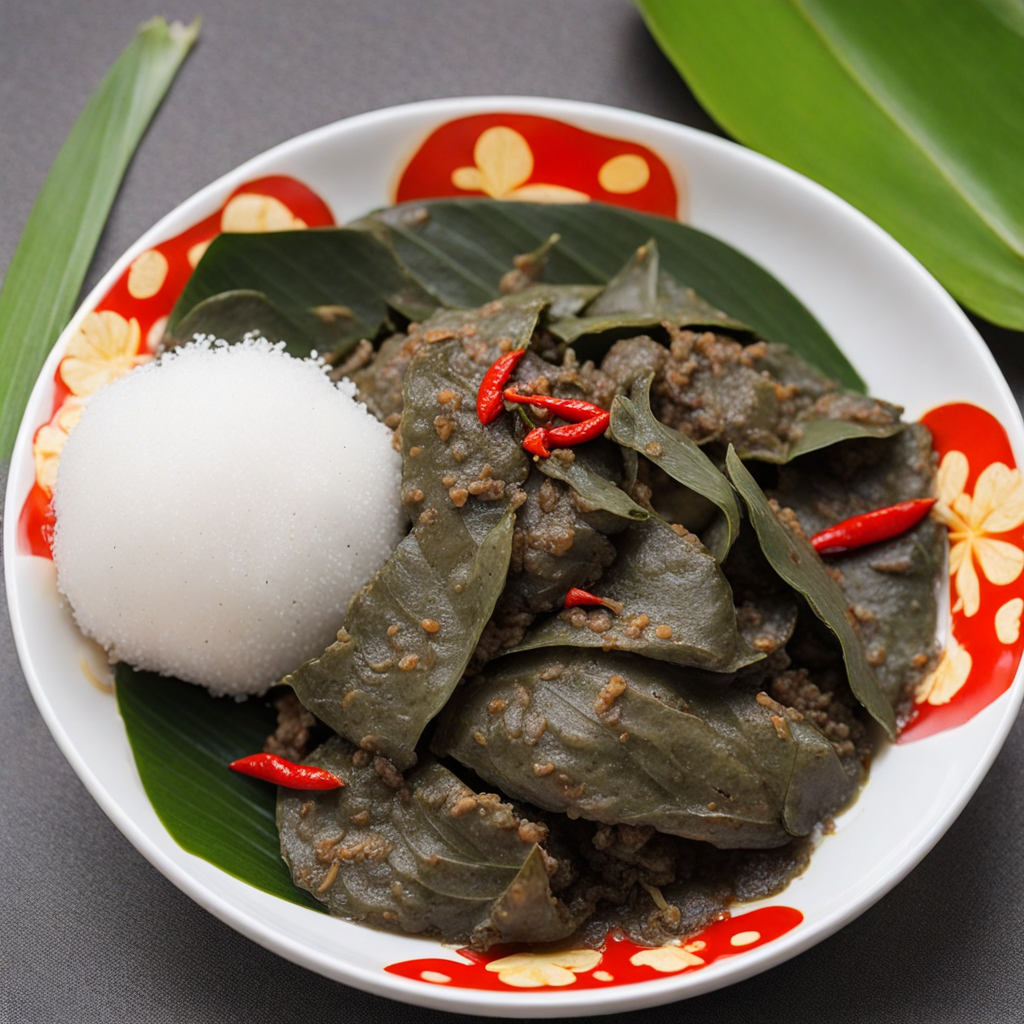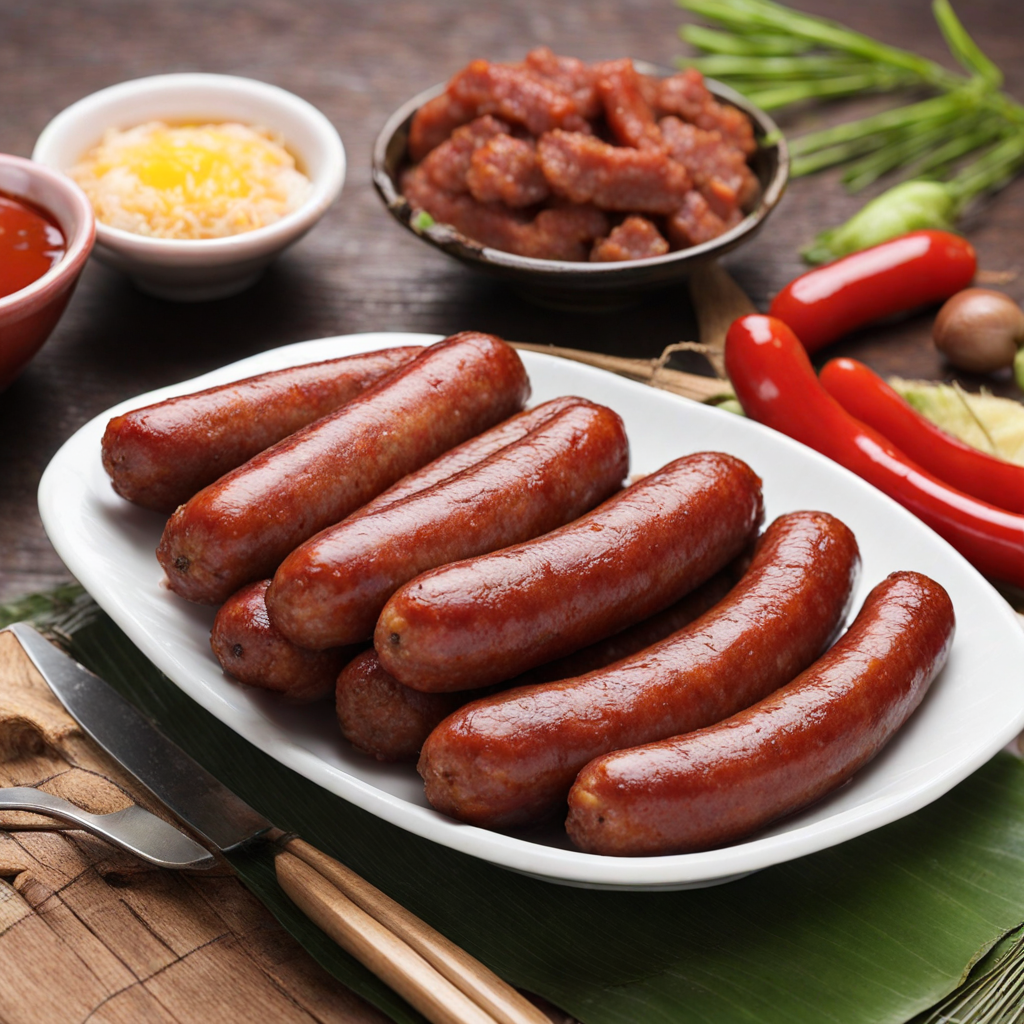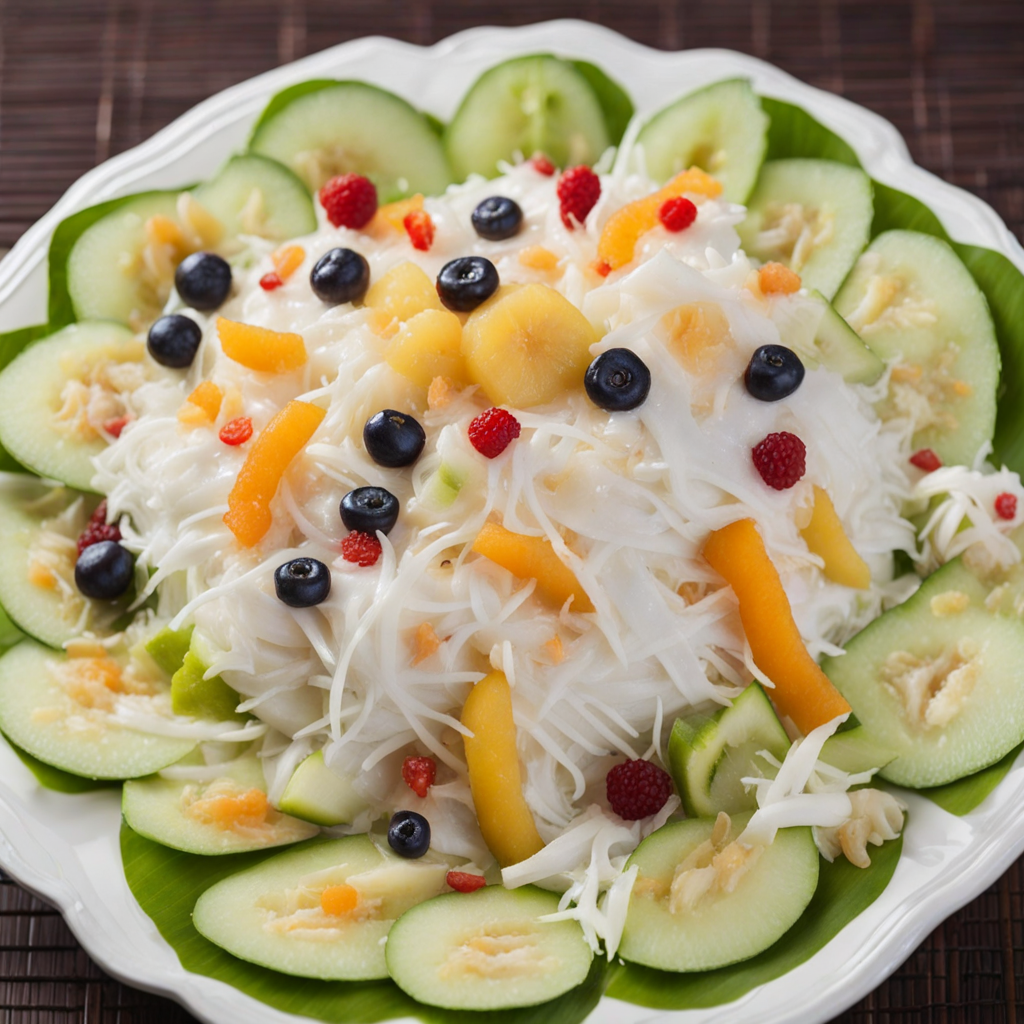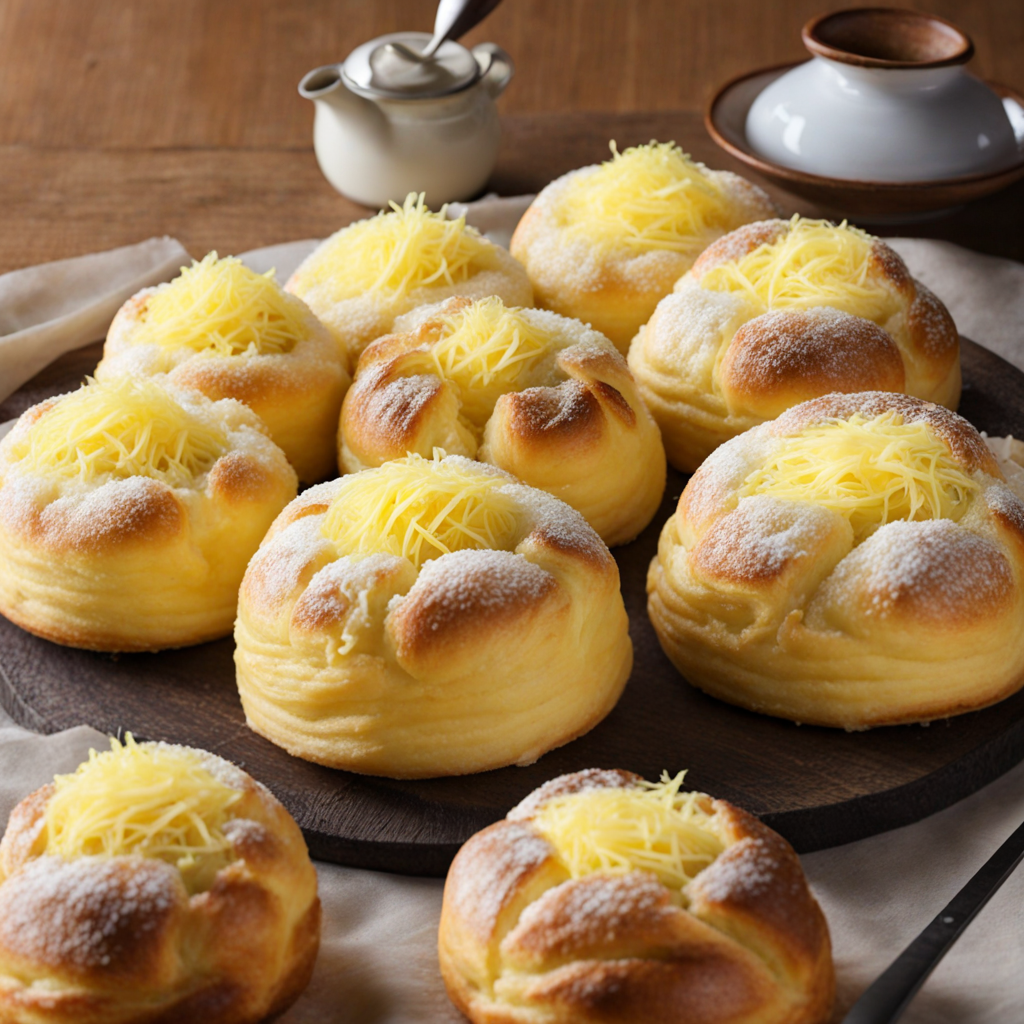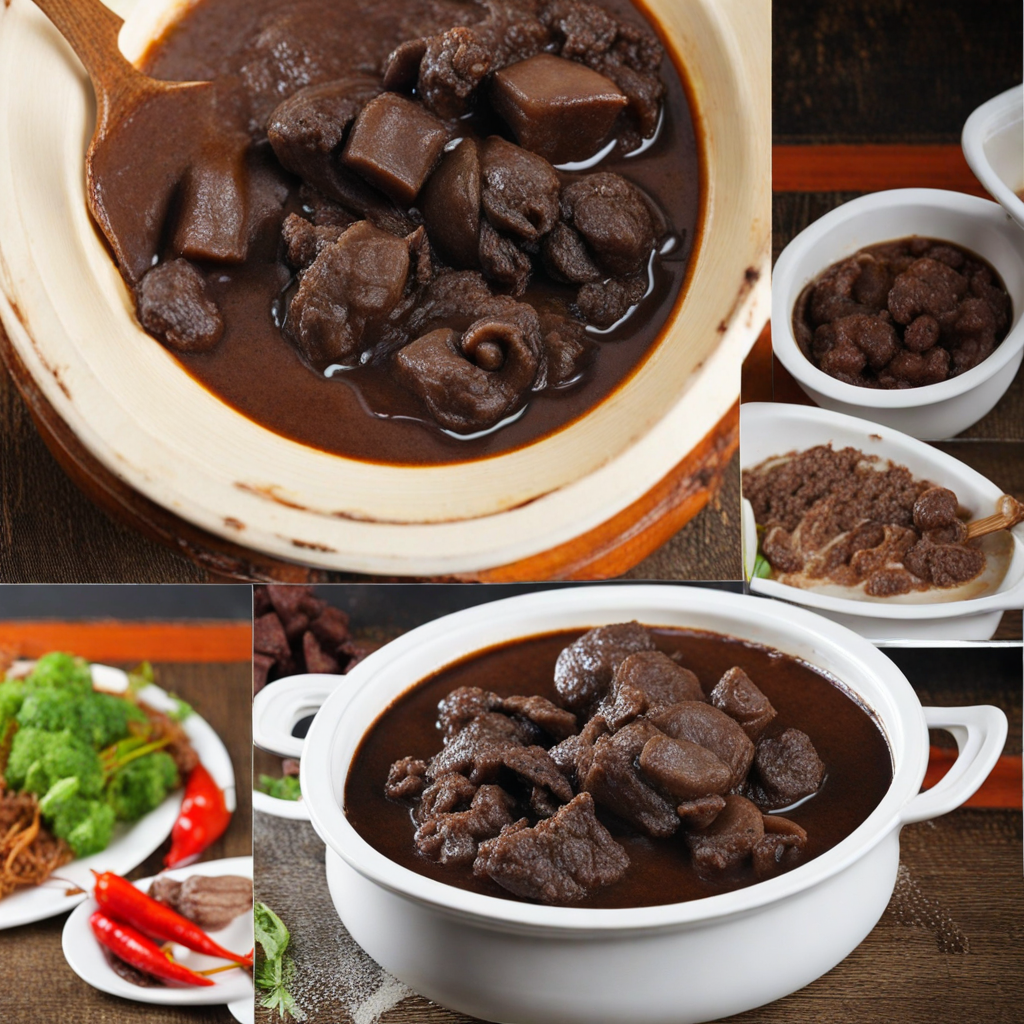Laing
Laing is a traditional Filipino dish that showcases the rich and diverse flavors of the Philippines, particularly from the Bicol region. At its core, Laing is made from dried or fresh taro leaves that are simmered in coconut milk, creating a creamy and luscious texture that envelops the leaves. The dish is often seasoned with a combination of spices, including garlic, onion, ginger, and sometimes chili, which adds a delightful kick to the overall flavor profile. The natural earthiness of the taro leaves is beautifully complemented by the richness of the coconut milk, resulting in a comforting meal that is both hearty and satisfying. The preparation of Laing can include various proteins, with the most common being shrimp or pork, which contribute additional layers of flavor and texture. Some variations even incorporate fish or tofu, making it a versatile dish that can cater to different dietary preferences. When cooked properly, Laing achieves a harmonious balance between the creaminess of the coconut milk and the slight bitterness of the taro leaves, creating a unique and unforgettable taste experience. The dish is usually served with steamed rice, allowing you to savor each delectable bite while soaking up the savory sauce. Laing is not just a meal; it is a celebration of Filipino culture and regional ingredients. The vibrant green of the taro leaves combined with the rich, creamy sauce makes it visually appealing, while the aromatic spices fill the air with an inviting scent. Whether enjoyed at a family gathering or at a local restaurant, Laing embodies the warmth and hospitality of Filipino cuisine, inviting newcomers to explore its bold flavors and comforting essence. Each spoonful is a journey into the heart of Filipino culinary tradition, making Laing a must-try dish for anyone looking to expand their taste horizons.
How It Became This Dish
Laing: A Culinary Journey through the Philippines Laing, a beloved dish from the Philippines, is a culinary testament to the rich tapestry of Filipino culture and history. This dish, which primarily consists of dried or fresh taro leaves cooked in coconut milk with various seasonings, has evolved significantly over the years, yet it remains deeply rooted in the traditions of the Bicol region, where it originated. Origins Laing's roots can be traced back to the Bicol region, located in the southeastern part of Luzon, the Philippines' largest island. Bicolanos are known for their love of spicy food and the liberal use of coconut milk in their dishes. The region's abundant coconut trees and fertile land provide the perfect environment for both taro and coconuts to thrive. Taro (or "gabi" in Filipino) has been cultivated in the Philippines for centuries and is a staple in many Filipino households. The name "laing" itself is derived from the Bicolano word for "taro leaves." Traditionally, laing was made using young taro leaves, which were harvested from local farms. The leaves were often dried first, a common practice that preserved them for later use, especially during the rainy season when fresh produce was scarce. The preparation of laing involves simmering the taro leaves in coconut milk, often accompanied by ingredients such as shrimp, fish, or pork, and seasoned with spices like chili, garlic, and ginger. This flavor combination is a hallmark of Bicolano cuisine. Cultural Significance Laing holds significant cultural importance in the Philippines, serving not only as a staple dish in many households but also as a symbol of Bicolano identity. The dish embodies the resourcefulness of the people, showcasing their ability to create delicious meals using locally available ingredients. Laing is often served during family gatherings, festivals, and special occasions, reflecting the communal nature of Filipino dining culture. It is typically shared among family and friends, emphasizing the importance of togetherness and hospitality in Filipino society. Moreover, laing has become a representation of the Bicolano culinary heritage. The Bicol region is often heralded as the "coconut capital" of the Philippines, and laing showcases the versatility of coconut milk as a cooking ingredient. The dish exemplifies the region's agricultural bounty and serves as a reminder of the connection between food and identity. It is often served alongside rice, further cementing its status as a comfort food that brings people together. Evolution Over Time As with many traditional dishes, laing has undergone various transformations over the years. While the basic components remain the same, the methods of preparation and presentation have evolved. In the past, laing was often cooked in simple households using wood-fired stoves, with the aroma of coconut milk filling the air. Today, modern cooking technologies and techniques have made it easier to prepare laing, allowing for a greater variety of recipes that cater to changing tastes. The globalization of food has also influenced the way laing is perceived and prepared. It has gained popularity beyond the Bicol region, with many Filipino restaurants across the globe featuring it on their menus. Chefs have begun to experiment with laing, incorporating it into fusion dishes or presenting it in upscale dining establishments, which has elevated its status from a humble home-cooked meal to a dish worthy of fine dining. Laing's popularity has also prompted local chefs and home cooks to experiment with variations of the dish. Some have opted to use alternative ingredients, such as spinach or other leafy greens, to create healthier versions. Vegan adaptations have also emerged, replacing meat with plant-based proteins while retaining the creamy, rich flavor of the original dish. This adaptability highlights the dish's resilience and its ability to resonate with contemporary dietary preferences without losing its essence. Modern Interpretations and Global Influence In recent years, laing has garnered attention in the global culinary scene. Filipino chefs, both in the Philippines and abroad, have been instrumental in promoting laing as part of the broader narrative of Filipino cuisine. Food bloggers and social media influencers have played a significant role in showcasing laing, sharing vibrant photos and recipes that capture the dish's allure. International food festivals and culinary events have also embraced laing, allowing chefs to present their interpretations to a wider audience. This exposure has not only heightened appreciation for laing but has also sparked curiosity about other traditional Filipino dishes. As a result, laing has become a culinary ambassador of sorts, introducing people around the world to the flavors of the Philippines. Conclusion Laing is more than just a dish; it is a reflection of the rich history and culture of the Philippines. From its humble beginnings in the Bicol region to its rise as a beloved staple in Filipino cuisine, laing embodies the spirit of resourcefulness, community, and adaptability. As it continues to evolve and gain recognition on the global stage, laing stands as a testament to the enduring legacy of Filipino culinary traditions. Whether enjoyed in a traditional setting or reimagined in a contemporary restaurant, laing serves as a delicious reminder of the Philippines' agricultural heritage and the importance of food as a means of connection. As more people discover the flavors of laing, they also uncover the stories and traditions that accompany it, ensuring that this beloved dish will continue to thrive for generations to come.
You may like
Discover local flavors from Philippines


